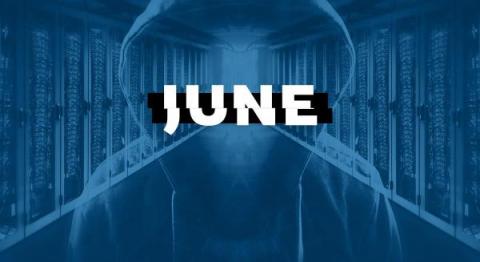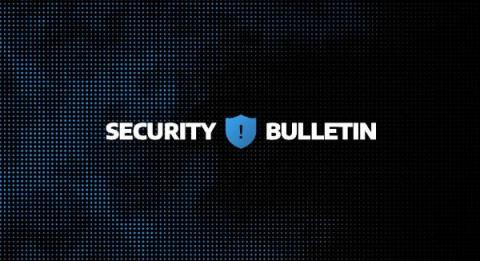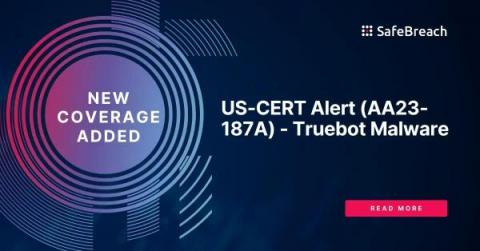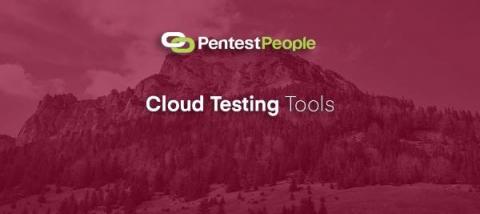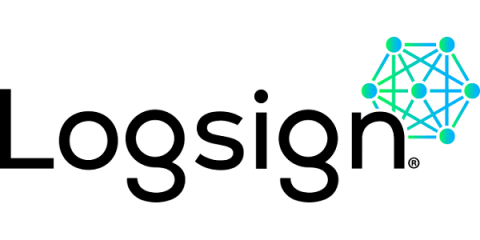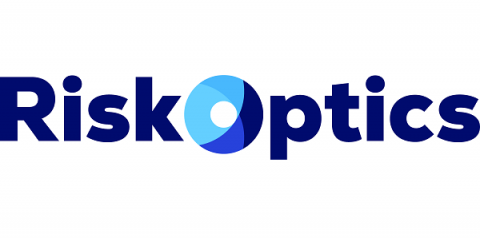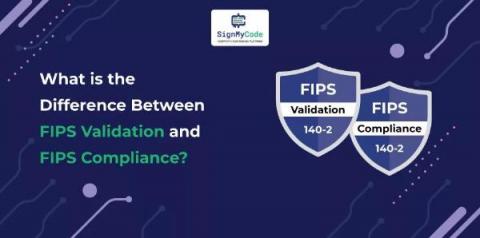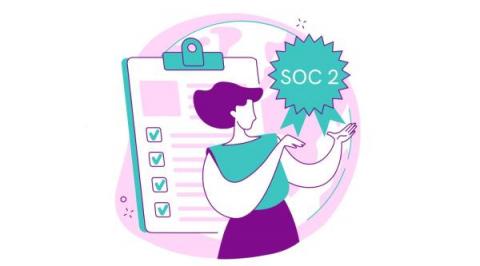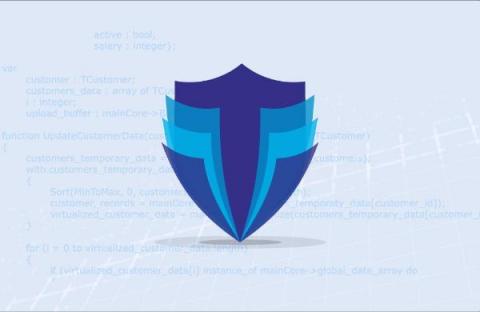Security | Threat Detection | Cyberattacks | DevSecOps | Compliance
Latest News
CVE-2022-31199: Truebot Malware Campaign Actively Exploiting Netwrix Auditor RCE Vulnerability
Truebot Malware: SafeBreach Coverage for US-CERT Alert (AA23-187A)
On July 6th, the Cybersecurity and Infrastructure Security Agency (CISA), the Federal Bureau of Investigation (FBI), the Multi-State Information Sharing and Analysis Center (MS-ISAC), and the Canadian Centre for Cyber Security (CCCS) released an advisory highlighting the newly identifying Truebot malware variants. Truebot (also known as Silence Downloader) is a botnet that has been used by the CL0P ransomware gang to collect and exfiltrate stolen target victim information.
What are Cloud Testing Tools?
Cloud testing tools are a set of software and hardware components that allow developers, testers, and IT professionals to test applications in the cloud. These tools give companies access to an array of cloud resources they can use for testing purposes. The cloud can provide a more cost-effective, agile, and scalable platform for testing applications compared to traditional on-premise systems.
Unlocking the Potential of UEBA With Logsign
In today's cybersecurity landscape, traditional security tools alone are inadequate in protecting organizations from advanced threats like data breaches, insider risks, and more. To effectively address these challenges, organizations require a comprehensive solution with UEBA (user and entity behavior analytics) capabilities. Let's discover the benefits of UEBA, and the unparalleled impact Logsign’s Unified Security Operations Platform has on UEBA.
How to Implement Effective Compliance Testing
Peeping Through Windows (Logs): Using Sysmon & Event Codes for Threat Hunting
FIPS 140-2: Validation VS Compliance
NIST established the crucial set of guidelines known as FIPS 140-2 to safeguard sensitive data, particularly for governmental organizations. It is to provide security and privacy when encrypting and decrypting data. The primary distinction between FIPS 140-2 validation and compliance is that. In contrast, validation involves determining if a system or product has been developed to comply with the standard’s requirements; compliance is putting those requirements into practice.
Why SOC 2 is an Industry Standard
SOC 2 (Service Organization Control 2) provides a framework for assessing and reporting on the security, availability, processing integrity, confidentiality, and privacy of systems and data of service organizations. It was developed by the American Institute of Certified Public Accountants (AICPA) to address the need for consistent and comprehensive security and privacy controls in service organizations.
How Does SLSA Help Strengthen Software Supply Chain Security?
A relatively new way of strengthening your software supply chain security is to apply Supply Chain Levels for Software Artifacts (SLSA) in tandem with other tools such as software bills of materials (SBOMs), software composition analysis (SCA) for open source, and static application security testing (SAST) for proprietary code. Let’s take a look at what SLSA is and how its different levels work.


